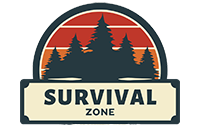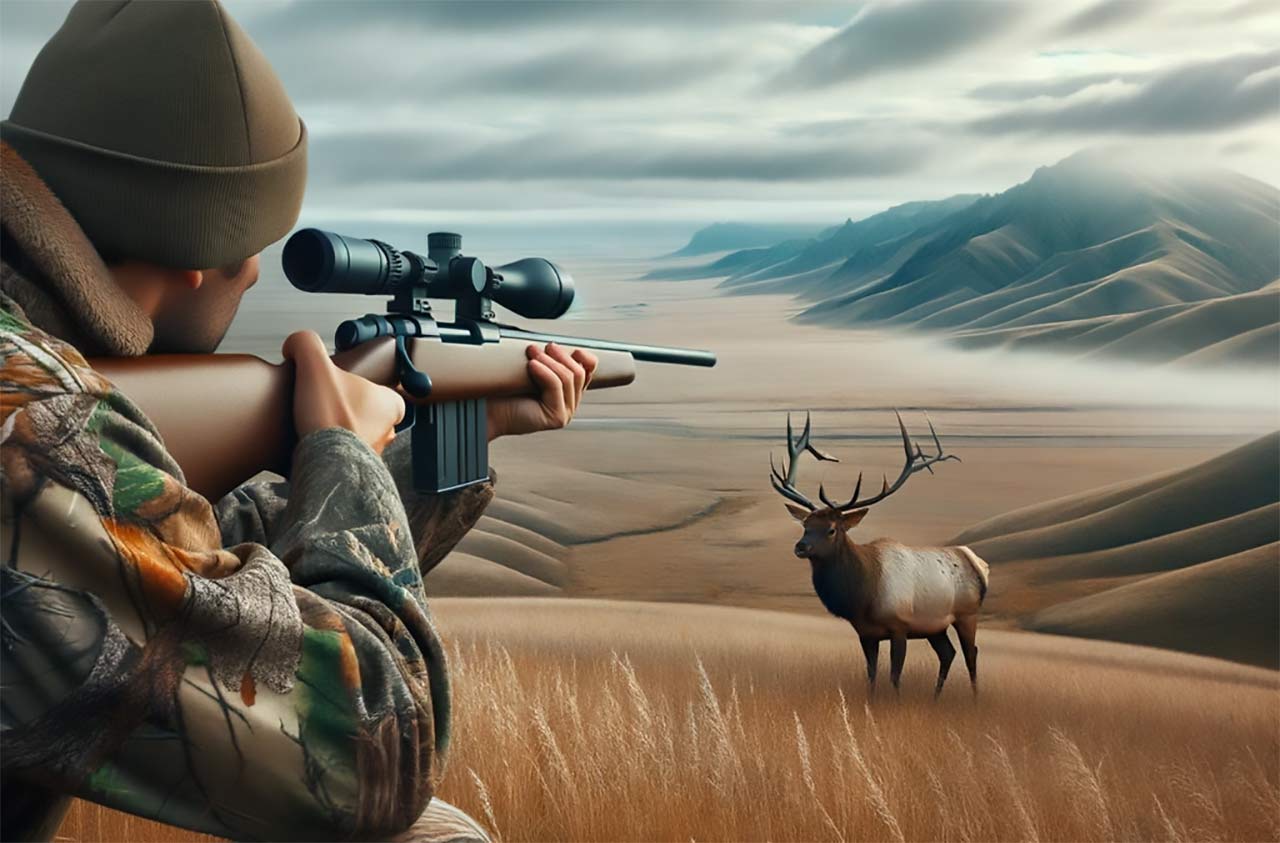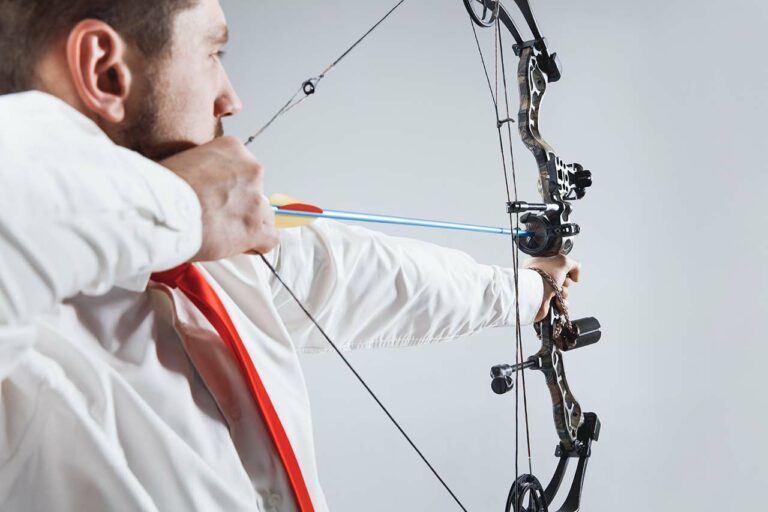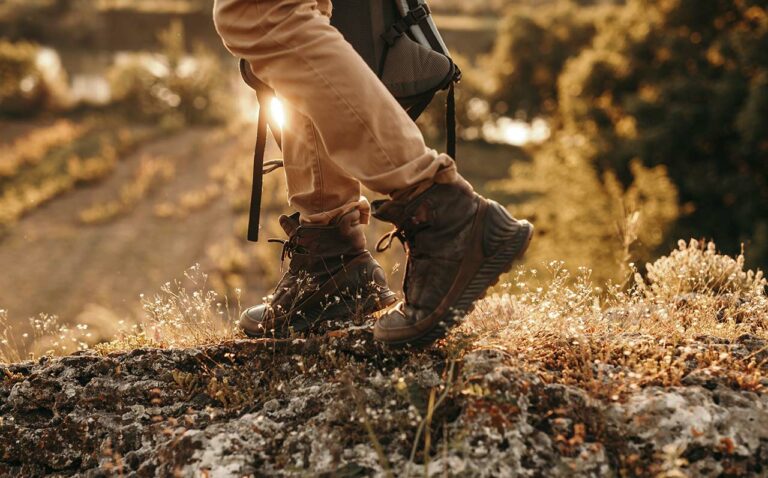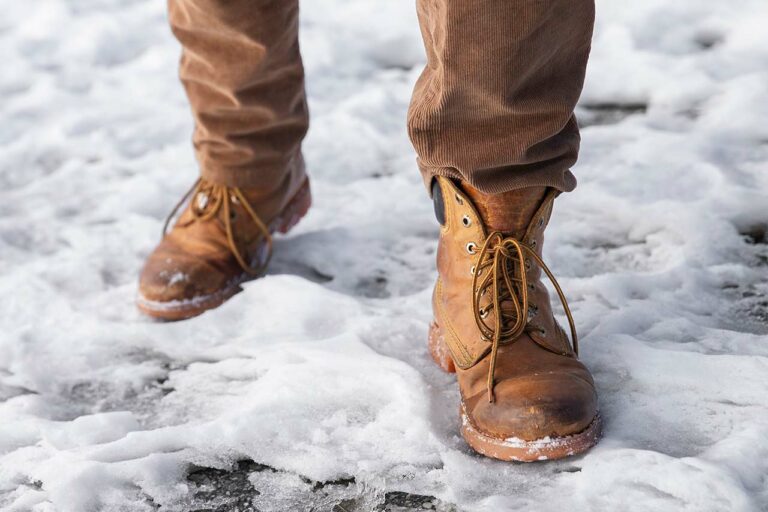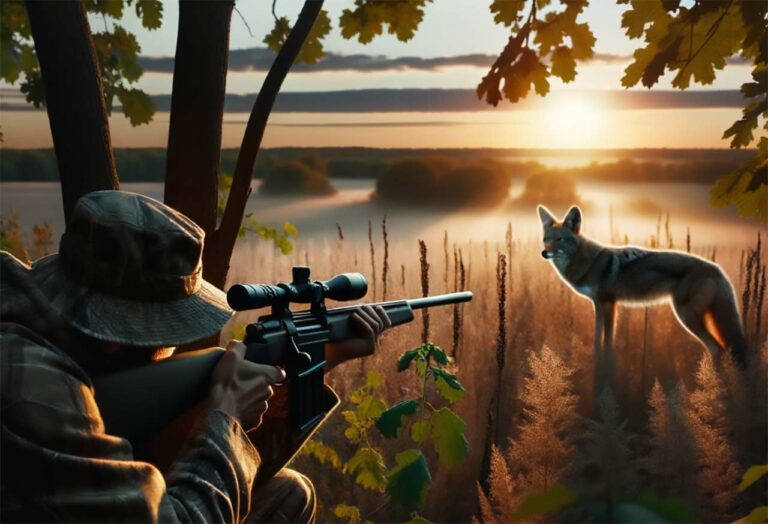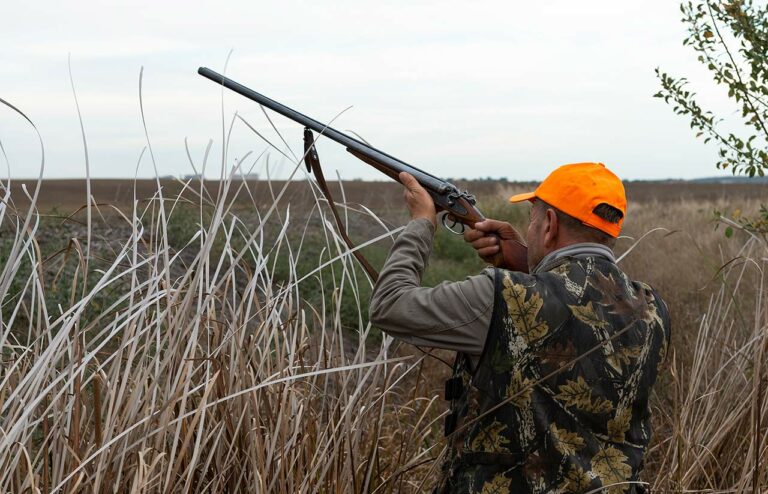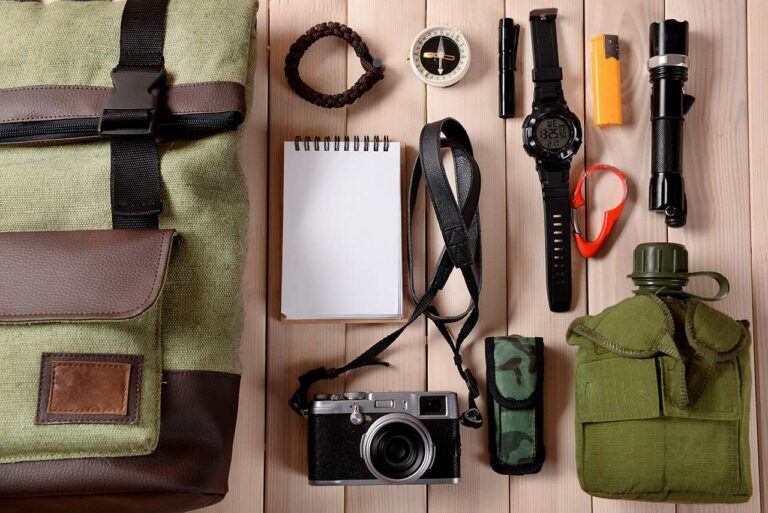Elk Hunting Tips For Beginners (Strategies for Success)
Elk hunting is a bucket-list experience for many beginner hunters, especially those who live outside the Rocky Mountains. As an aspirational adventure, it can be both thrilling and challenging for newcomers. Embarking on a do-it-yourself elk hunt requires adequate preparation, knowledge of the animal’s habits, and a good understanding of the terrain you’ll be navigating.
When you start planning your first elk hunt, it’s essential to research the best hunting areas, seasons, and tactics to increase your chances of success. In the early fall, elk are generally focused on breeding, while during late fall and winter, they migrate to lower elevations due to heavy snowfall. Knowing these patterns will help you strategize your approach and maximize your opportunities for a successful hunt.
But elk behavior is just one small part of a large body of knowledge that can help you in a first-time elk hunt. Elk hunting often involves long hikes across rugged terrain, so you’ll need to ensure your equipment is up to the challenge and that you’re in good physical condition. With proper preparation and research, you’ll be better equipped to not only enjoy your first elk hunt, but increase your chances of actually bagging your prize.
Preparing for the Hunt
Before you embark on your first elk hunting adventure, adequate preparation is essential. Proper planning and groundwork will increase your chances of success and make your experience more enjoyable. Keep these things in mind as you make your hunting plans:
Knowledge is Power
Familiarize yourself with elk behavior, their habitat, and local hunting regulations. Understanding elk patterns, such as feeding and bedding habits, will help you locate and track your prey more easily. Don’t forget to research the area you’ll be hunting in, studying topographic maps and talking to local hunters for valuable insight.
Physical Fitness Matters
Elk hunting can be particularly physically demanding, with long hikes, steep climbs, and heavy lifting involved. Start a training regimen several months before your trip, focusing on cardiovascular exercises, strength training, and flexibility. Working on lower-body strength, particularly with exercises like squats and lunges, is essential since you’ll be climbing steep terrain with a pack on your shoulders.
Practice Makes Perfect
As a beginner, it’s crucial to practice shooting before a hunt. Spend time at the range, honing your skills and getting comfortable with your firearm or bow. Consider practicing uphill and downhill shots, as well as shooting in various weather conditions to simulate the challenges you might face while hunting for elk.
Hunting Pressure and Preference Points
When planning your hunt, consider the hunting pressure in your chosen area. High hunting pressure means the elk are more likely to be skittish and harder to find, making your hunt more challenging. It can be beneficial to apply for preference points for future hunts, increasing the likelihood of being drawn for coveted tags in years to come.
Planning your approach
Think about your strategy for locating and stalking elk. Keep track of wind direction, as elk have a keen sense of smell and will quickly detect your scent if you’re downwind. Be prepared for both early morning and late evening hunts, as these are the times when elk are typically most active.
Choosing the Hunting Gear
When it comes to elk hunting, selecting the right gear can make a big difference in your overall experience and success. Here are some crucial items to consider for your elk hunting adventure:
Rifle and Ammo
Choose a rifle that you’re comfortable with and has enough power to take down an elk. Typically, a .270 caliber or larger rifle is recommended. Match your rifle with ammunition that can deliver a clean and ethical harvest.
Optics
Invest in a quality pair of binoculars for spotting elk and a reliable rifle scope for accurate shots. A rangefinder can also be helpful for determining distances and adjusting your aim accordingly.
Backpack
A sturdy and well-fitting backpack is essential for carrying your gear and harvested elk. Make sure it has a frame, lots of pockets, and comfortable straps, so you can distribute the weight evenly. Remember you should carry no more than a third of your body weight.
Layers and Camo
Elk country can be cold and wet, so dress in layers to stay warm and dry. Opt for moisture-wicking materials and consider a waterproof shell. Camouflage clothing that blends with the environment will help keep you concealed.
Specialized Gear
An elk call can help attract the animal, while wind detectors can alert you to changes in wind direction, which makes it easier to conceal your scent. Investing in GPS devices or mapping software can also be beneficial for navigating unfamiliar terrain.
Understanding the Terrain
Elk can be found in a variety of terrains, including high country, timber, and meadows.
In high country, you’ll often find deer hunting opportunities alongside elk, making it a prime spot for either game.
In timber and meadows, you might find elk roaming during feeding hours, typically in mornings and evenings.
Public land offers a wide range of these terrains, but it’s crucial to have a solid understanding of regulations in these areas.
When planning your gear, don’t forget to take the terrain in your hunting location, and the changes to that terrain as the hunting season progresses, into account. For example, elk tend to move from higher elevations to lower ones as the season goes on, seeking out more accessible food sources. Understanding elk behavior and how it changes the terrain during a hunt can help you better plan.
Scouting for Elk
When scouting for elk, the first thing to do is choose your starting point. This will help you narrow down your reconnaissance efforts and maximize the time you spend in the field.
As a beginner, one of the best ways to choose your starting point is to ask experienced hunters or locals about the best hunting spots. This will help you start to identify the sorts of environments elk like to hang out in.
Once you’ve honed in on a promising area, it’s time to hit the ground and look for recent elk activity. Keep a sharp eye out for fresh signs like tracks, scat, and rubs on trees. These signs will give you an idea of where elk might be traveling and congregating.
Note: It’s a good idea to carry a quality pair of binoculars to help you spot elk at a distance and confirm the presence of a herd in the area.
Elk Vocalizations
During the scouting process, it’s crucial to have a good understanding of elk vocalizations. Elk communicate through a variety of calls, such as bugles, mews, and chirps.
Bull elk use the bugle to announce their presence and challenge other bulls, while cow elk rely on mews and chirps to interact with the rest of the herd. Familiarize yourself with these vocalizations and consider carrying a cow call and a locator bugle to locate elk more easily and keep tabs on their movements.
Get a feel for the timing and intensity of elk bugles in your area. During the rut, bugles can be more frequent and intense as bulls are actively seeking cows. As the rut winds down or if there is heavy hunting pressure in the area, bugles may taper off as. Adjust your scouting approach accordingly to ensure you’re searching in areas with active elk populations during your hunt.
Be sure to keep a low profile and minimize your scent while scouting, as educated elk can become elusive in the face of a perceived threat. Being stealthy and methodical in your scouting efforts will boost your chances of finding, and ultimately harvesting, an elk in your chosen hunting grounds.
Choosing the Right Apparel
When it comes to elk hunting, wearing the right apparel is crucial. Not only will it keep you comfortable during long hours in the field, but the right clothing will help you blend in with your surroundings and protect you from potential hazards. Here’s how to ensure you’re dressed for success on your first elk hunt.
Quality Hunting Clothes
While it might cut into your overall budget, high-quality hunting clothes are important on an elk hunt. Look for apparel made from breathable, moisture-wicking materials like merino wool or synthetics. These materials will help regulate your body temperature and keep you dry in various weather conditions. Layering is key as well, so wear a base layer, an insulation layer, and an outer shell to adapt to changing temperatures.
Hunting Boots
Boots are another critical component of your hunting attire. Choose sturdy, waterproof footwear with good ankle support and reliable traction for navigating uneven terrain. Make sure to break in your boots before you hit the trails to avoid blisters and discomfort during your hunt.
Neck Gaiter
A neck gaiter is an underrated piece of gear for elk hunting. This versatile accessory can be worn around your neck for added warmth, pulled up to cover your mouth and nose for scent control, or even worn as a hat in colder temperatures. Opt for a neck gaiter made from moisture-wicking material like merino wool or polyester.
Gloves
Proper hand protection is essential for keeping your hands warm and maintaining dexterity while handling your weapon and other equipment. Look for gloves that strike a balance between warmth and control, and consider bringing a backup pair in case your primary gloves get wet or damaged.
Choosing Hunting Tactics
Using the right tactics can greatly increase your chances of success on elk hunt. Let’s go over a few tactics many beginner elk hunters use to increase their odds.
Hire a Guide
Elk are tricky, and learning to hunt them effectively can take some study. Consider hiring a guide if you’re new to the sport. Guides have invaluable knowledge of elk behavior, habitats, and hunting regulations. They’ll help you navigate the terrain safely and effectively, getting you closer to those coveted antlers.
Stalking
Stalking is a popular tactic for hunting elk. It involves quietly and carefully following the elk’s movements while staying hidden and maintaining a strategic downwind position. Make sure you’re physically prepared for this approach, as it requires a decent amount of stamina and fitness to traverse uneven, mountainous terrain until you get a clean shot.
Long-Distance Hunting
Selecting the right rifle scope is essential for accurately shooting elk. Aim for a scope with at least 3-9x magnification, which will provide a clear view of your target at varying distances. When selecting a scope, be sure it’s suitable for low-light conditions, as elk tend to be more active during dawn and dusk.
As you develop your hunting strategy, keep in mind that elk have a keen sense of smell, sight, and hearing. To improve your chances of getting close, always pay attention to the direction of the wind. Position yourself in a way that the wind carries your scent away from the elk’s location.
Understanding Competition and Predators
In the wild, elk face competition from other ungulates, such as deer and moose, that share food and water sources. This can cause elk to move to less populated areas in search of resources. Understanding this can help you seek elk out where they may be hiding. Look for indicators of high ungulate populations, like tracks or grazing evidence, which may signal elk can be found nearby.
Predators, like wolves, bears, and mountain lions, also have a substantial influence on elk behavior. These predators usually push elk herds into areas with more natural cover or challenging terrain, making them harder to find and hunt. Keep your eyes peeled for predator signs, such as scat, tracks, or kills, as this can clue you into the possible presence of elk.
Being mindful of the competition and predators in your hunting area will help you predict and understand elk behavior better. This knowledge will not only help you locate elk more efficiently, but can help keep you safer in the wild by knowing what may be nearby while you’re tracking elk.
Frequently Asked Questions
What is the best time of day to hunt elk?
Early morning and late afternoon are the best times of day to hunt elk. This is because elk are generally most active during these periods, as they’re out feeding and moving around. Make sure to be in your hunting spot before daylight, and stay out until dusk for the best chances of spotting an elk.
Which areas should a beginner focus on when hunting elk?
When hunting elk, beginners should focus on areas with ample food sources, water, and cover. Elk are grazers that primarily feed on grasses, so look for open meadows, especially those near water sources. Pay attention to transitions between different types of terrain, such as the edges of forests and meadows, since elk often travel through these areas as they move between feeding and bedding sites.
What is the ideal distance for shooting an elk?
The ideal shooting distance for elk varies depending on your weapon and personal skill level. For rifle hunters, a range of 200-300 yards is a typical and practical distance for taking an accurate shot, but experienced hunters may be able to shoot accurately from further out. Bow hunters should aim for a much closer distance, typically within 40-60 yards. Keep in mind that you need a powerful and accurate weapon to ensure a quick and ethical shot.
How to maximize the chances of a successful elk call?
To maximize the chances of a successful elk call, you’ll need to understand elk vocalizations and use them strategically. Elk are social animals, so imitating their sounds can help you attract them to your location. Here are a few tips:
- Use cow calls during the early rut season as this can draw in bulls looking for a mate.
- Mimic the sounds of a bugling bull during the peak rut when bulls are actively competing with each other.
- Avoid overcalling. You don’t want to scare elk away by making too much noise.
- Timing and volume are key. Adjust your calls according to the situation and learn from their reactions.
What are some safety measures to consider when hunting elk for the first time?
Safety is important when hunting elk, especially for beginners. Here are some safety measures to consider:
- Always practice gun or bow safety, including knowing your target and what’s beyond it.
- Carry a first aid kit and know how to use it. Accidents can happen in the field.
- Let someone know where you’re going and when you expect to return, in case of an emergency.
- Stay aware of your surroundings. This includes not only watching out for other hunters but also being mindful of potential dangers like cliffs or swift-moving water.
- Be prepared for sudden weather changes. Dress in layers and carry extra clothing, as well as waterproof gear, to stay warm and dry.
- Bring a reliable GPS device or map and compass to avoid getting lost. Familiarize yourself with the area you’re hunting in before you head out.
By following these simple rules, you should be able to stay safe and ready during your elk hunt.
